Pity poor Moran Point along the Grand Canyon of the Yellowstone, for it is unjustly forgotten.
Located on the north rim of the canyon between Lookout Point and Grand View—a spot notably inaccessible to visitors, hikers, and other interested parties—this location, named for painter Thomas Moran, isn’t included on most modern maps of the area.
Indeed, it’s had its thunder stolen by Artist Point, located on the adjacent rim and hailed as the spot where Moran sketched and painted some of his most endearing images the Canyon, images that later helped ratify Yellowstone as a national park, images that still hang in buildings and museums around Washington D.C. to this day. Stolen quite injustly, for Artist Point is not where Moran made history; he made it—you guessed it—at Moran Point.
So whence the mix-up? For that we need to turn to history.
Origins
According to Park historian Lee H. Whittlesey, writing in “A Brief Look at Moran Point and Artist Point,” the name Moran Point was established early on.
As early as 1875, some government officials knew that the name Moran Point existed and believed that it was the spot from which artist Thomas Moran made the sketches for his famous painting of the Grand Canyon of the Yellowstone with Lower Falls.
Things became rather muddled, however, in the 1880s, when park photographer Frank Jay Haynes coined the name Artist Point for a spot on the south rim of the canyon. According to Whittlesey, the name was by and large associated with Haynes (who might have been the “artist” in question), especially when he included it in his 1890 guidebook about Yellowstone National Park. But the name also reflected mounting belief that Artist Point was where Moran composed his famous Yellowstone paintings.
Haynes’ son, Jack, started the shift away from the Artist Point myth with his 1910 edition of the Haynes Guide. However, Whittlesey adds that, in the years since 1890, the matter has oscillated, as interested parties moved between Artist and Moran Points.
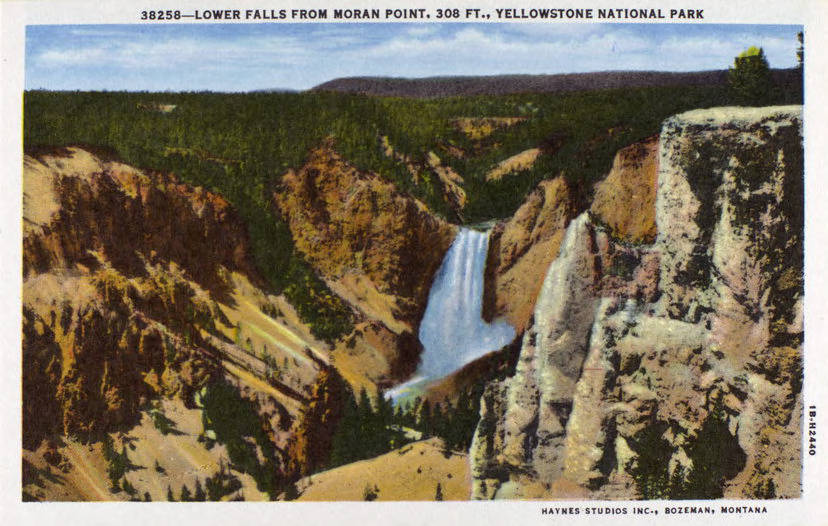
Clearing The Air
The real, definitive breakthrough in favor of Moran Point came in 1938, according to Whittlesey:
A look at the 1938 correspondence reveals a great deal about the location of Moran Point, who named it, and what Moran’s memory was as to where it was located. in that year Ruth B. Moran sent her father’s pencil sketch of the point, made about 1900, to [former Superintendent Horace] Albright, who wrote to park superintendent Edmund Rogers about it. Albright stated that Moran “made the sketch on the brink of the lower fall of the Yellowstone and [he] marked with an ‘X’ Moran Point as named by one of the early Hayden surveys.” Implying that the location of Moran Point was at that time uncertain to park officials, Albright continued:
I am sending this sketch to you, thinking that perhaps you could have one of the naturalists take it down to the brink of the fall, and do a job of identification that would once and for all fix [the location of] Moran Point. It would be a matter of great satisfaction to Miss Moran if this could be done. She is old and frail in health…Please carefully preserve this little sketch and return it to me if possible before July 1st.
Rogers, along with Jack Haynes, C. Max Bauer, and Francis E. Oberhansley, went to the sketch point and personally verified the location. Later, per Whittlesey, Haynes told one of his assistants to go through the files and correct “the negative wrappers of all [my] negatives” for photos showing the Lower Falls and Lookout Point to “From Moran Point.” Whittlesey speculates this was done for cataloguing purposes.
The Paintings
Interestingly, while Ruth Moran’s efforts helped locate Moran Point in actuality, they opened up another question: how accurate are Moran’s paintings of the Grand Canyon of the Yellowstone?
Though the answer might gall some, the answer is “not entirely.” Jack Haynes argued, for instance, that the paintings were made from “an extremely wide angle view from Moran Point,” fixing the paintings’ inception at the Point while avoiding more pertinent questions of composition. Indeed, per Whittlesey, it’s the wrong angle to take:
A recent study of Thomas Moran by Joni Louise Kinsey concludes that the 1872 painting, if not all four of the canyon paintings that Moran eventually rendered, depicted a fanciful location, and that it was a made-up “compilation of a series of points of view from around the canyon.” This assessment seems correct, in that Moran’s painting depicts a Lower Falls that is substantially farther away from the viewer than the physical viewpoint at Moran Point suggests. Indeed, as Kinsey points out, Moran admitted that he took some liberties in manipulating geographical elements within the painting.
Whittlesey adds that, if you want to get a better idea of what the canyon really looked like in Moran’s time, you could turn to the photos of fellow Hayden Survey artist William Henry Jackson.
Which is obvious, really. In fact, it may be a tall order to expect a literal, objective view from Moran. The reasons are twofold: 1) Moran was, as mentioned, working off sketches and impressions made of the entire canyon and 2) “composite” painting was hardly new (or all that controversial) among painters of Moran’s ilk (originally, Moran was a member of the Hudson River School, a regional off branch of Romantic painting).
So although you can’t see the vista in Moran’s The Grand Cañon of the Yellowstone (pictured above), and you can’t (accessibly) see the Canyon from Moran Point, you can do one better by seeing the Grand Canyon of the Yellowstone from every lookout—from Red Rock to Point Sublime and back. Best of all, you’d be seeing it as Moran saw it: holistically, compositely.
 Yellowstone Insider Your Complete Guide to America's First National Park
Yellowstone Insider Your Complete Guide to America's First National Park
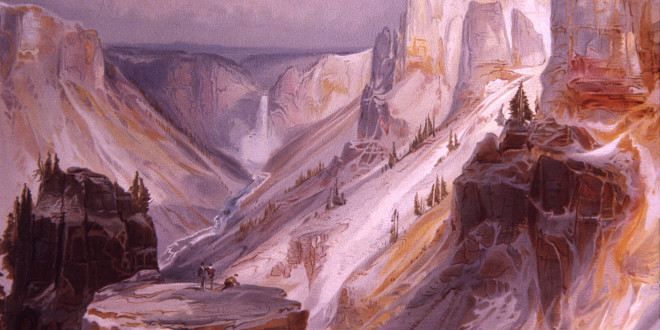
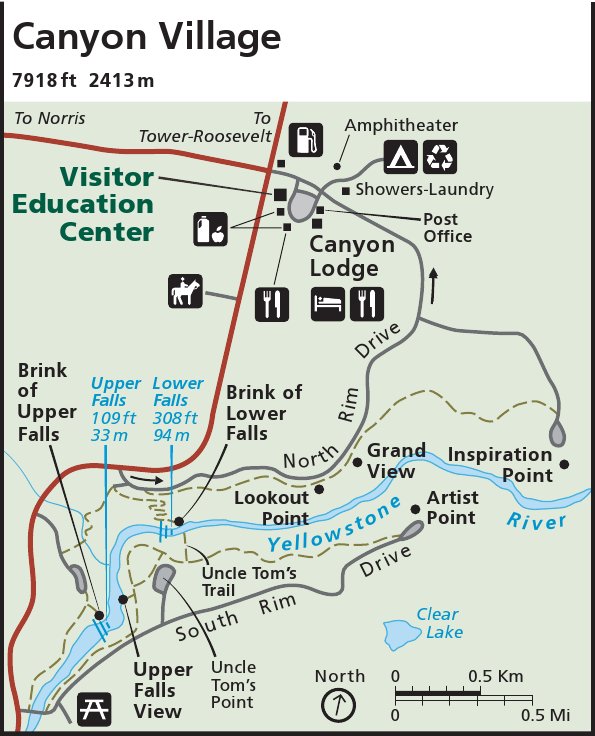
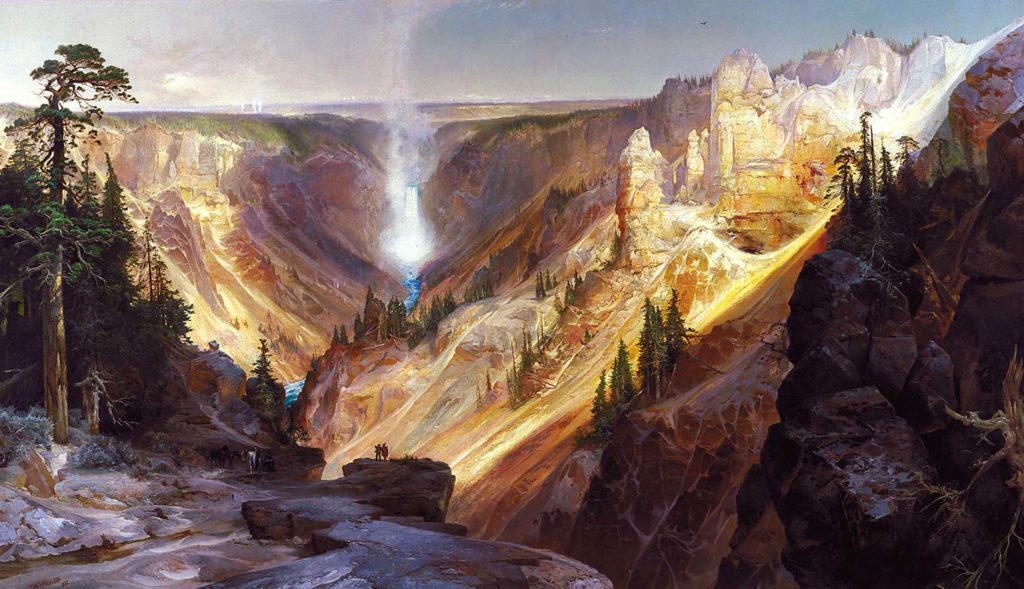




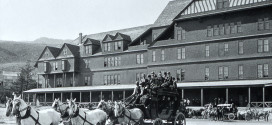
You must be logged in to post a comment.